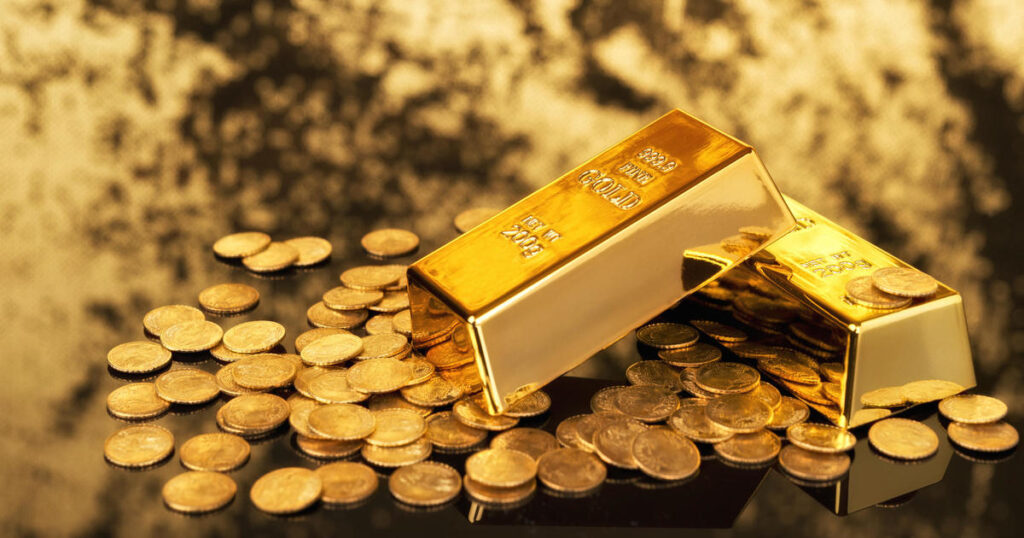On Monday, gold prices experienced a notable increase, with market participants eyeing potential interest rate cuts by the U.S. Federal Reserve within the year.
This anticipation comes as the financial community looks forward to this week’s inflation data, which is expected to provide further clarity on the timing of these rate reductions.
Specifically, spot gold saw a rise of 0.5%, reaching $2,175.68 per ounce by midday, and silver witnessed a modest uptick of 0.2%, achieving a price of $24.71.
Additionally, U.S. gold futures experienced a gain, rising by 0.8% to $2,177.10.
The financial market is set to scrutinize the forthcoming weekly initial jobless claims data, expected on Thursday, and the U.S. core personal consumption expenditure (PCE) price index figures slated for release on Friday.
However, reactions to the PCE data are anticipated to unfold next week due to the Good Friday holiday.
Experts, including Bart Melek, the head of commodity strategies at TD Securities, speculate that gold could reach or surpass $2,300 in the second quarter.
This expectation is based on the assumption that discretionary traders and exchange-traded fund investors, who have so far remained on the sidelines of the gold rally, will enter the market in response to confirmed rate cuts.
“Gold can easily hit the $2,300 levels or higher in the second quarter, as discretionary traders and exchange-traded fund investors, who so far have not really participated in the rally, come into the market once rate cuts are confirmed,” Melek stated.
He also mentioned that stronger economic indicators could potentially dampen gold’s appeal.
The U.S. dollar’s slight decline from the previous week’s highs also contributed to making gold more accessible to international buyers.
This movement comes in the wake of gold reaching new heights last week, following the Federal Reserve’s reinforcement of its projection for three rate cuts in 2024.
Market expectations have adjusted accordingly, with the likelihood of a June rate cut now at 70%, up from 65% before the Fed’s March meeting.
The allure of gold is further bolstered by its non-yielding nature, which becomes more attractive in lower interest rate environments.
Moreover, gold continues to benefit from robust central bank purchases and its status as a safe-haven asset.
In related developments within the metals market, platinum and palladium both saw significant gains, attributed in part to new U.S. emissions laws.
These laws are expected to sustain demand for palladium in the automotive sector for an extended period, as noted by analysts at Heraeus.
Platinum rose by 1.9% to $911.20, and palladium increased by 2.2% to $1,007.82, underlining the impact of these regulatory changes on market dynamics.
